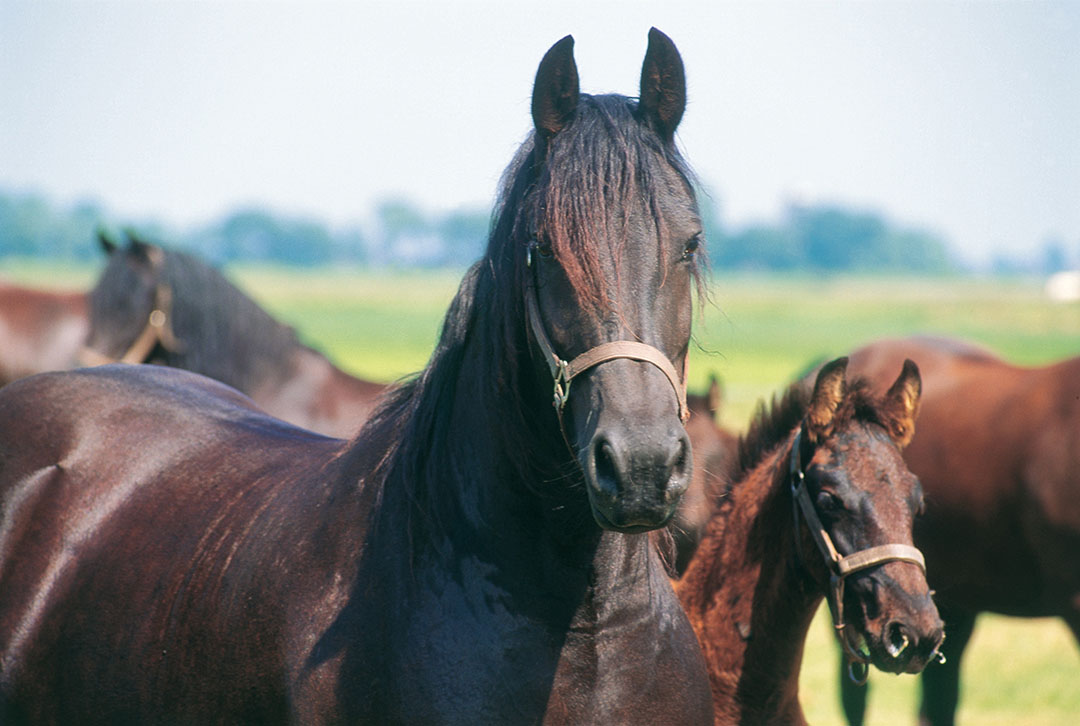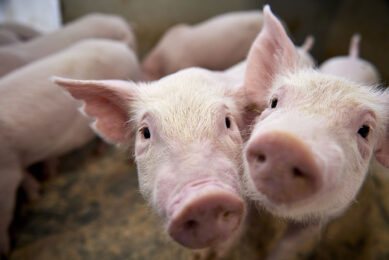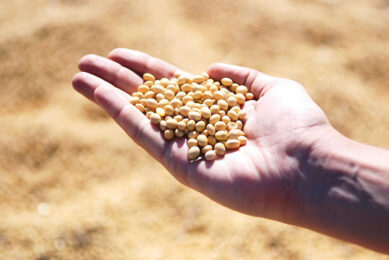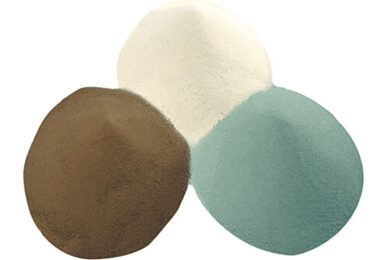Feeding management against equine gastric ulcers

Many performance horses have ulcerations of the stomach that can hinder performance and well-being. Can multiple feedings per day help?
Experimental set-up
For the study, 31 Quarter Horses were maintained in individual stalls during the 60-day experimental period and worked at moderate exercise intensity. Gastroscopies were performed before grain adaptation at 0, 30, and 60 days. Weight and BCS were evaluated biweekly. The researchers saw no changes in squamous (equine squamous gastric disease [ESGD]) ulcers in FF horses over the study period and higher ESGD ulcer scores in TF horses over both the 30 and 60-day time points. The proportion of horses with equine glandular gastric disease (EGGD) were significantly lower with fractioned feed when compared with traditional feed on day 30, but no difference was seen at day 60. No significant differences were found when comparing the 2 groups for BCS or body weight throughout the study period.
Multiple feedings per day
This study further supports that fasting period is a strong contributing factor for gastric ulcer formation. FF of the daily total grain led to a decrease in time fasting when compared with TF which reduced the severity and incidence of both ESGD and EGGD. The use of the commercial feeder for FF may aid in lessening prevalence of gastric ulcers in young training Quarter Horses. “These results suggest that multiple feedings a day, either manually or by a programmable feeder, could play an important role in decreasing the occurrence of gastric ulcers, or even minimize their development in the first place,” Crandell from KER commented.
Source: KER and Pubmed











